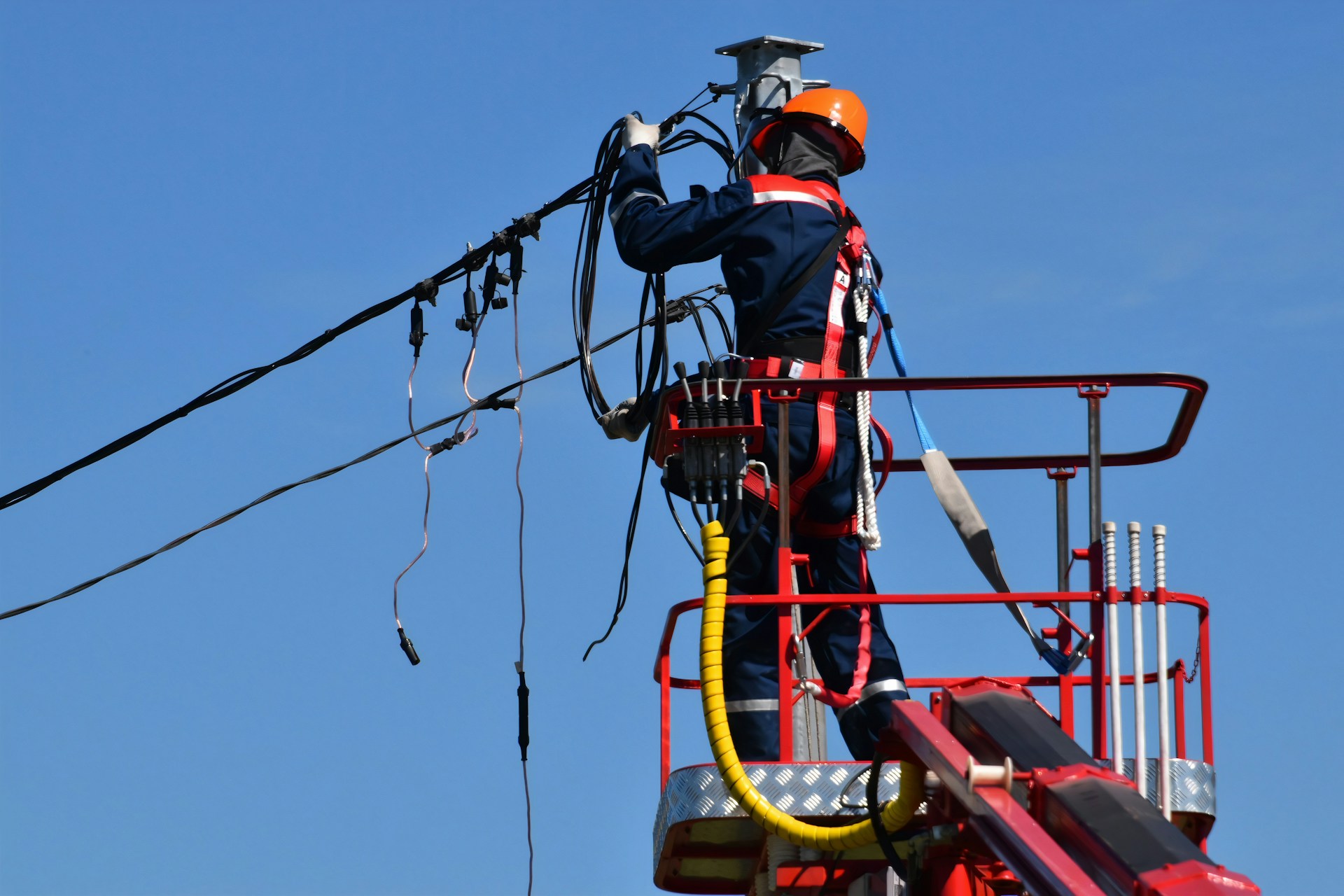
How the Solar Tariff Affects Solar Panel Manufacturers
February 27, 2018 - Emily Newton
Revolutionized is reader-supported. When you buy through links on our site, we may earn an affiliate commission. Learn more here.
You might say it’s a delicate time for solar power. On the one hand, adoption of this breakthrough technology is advancing at an extremely encouraging rate — we have simultaneously witnessed a 67 percent drop in the price of solar panels and a 50 percent rise in solar assembly installations worldwide. On the other hand, reckless legislation has the potential to upset the entire apple cart.
What’s Going on With the Solar Tariff?
Before we get into the thick of it, know this: You don’t need to believe in the science behind climate change nor even the science behind photovoltaic cells themselves to understand what switching to solar power on a massive scale means. It promises enormous advantages for a country’s economy, quality of life and ability to compete in a global economy.
India knows this and has outperformed the U.S. in quickly become a dominant player in the solar market. Some of our fifty states have made pledges of their own to divest from dirty energies, but we can see how slow the crawl of progress becomes when a nation must do it piecemeal on fifty separate occasions in the halls of fifty separate legislatures.
President Trump knows what the problem is, or thinks he does, which is why he’s endeavoring now to “solve” this apparently unbalanced — as in “non-American-centric” — solar market.
The Trump-Republican administration has decided to place a 30 percent tariff on solar modules and cells imported to the U.S. from overseas. This “solar tax” is actually based on capacity and is applied to equipment after the first two-and-a-half gigawatts of capacity crosses borders.
It might seem like a huge deal for the world’s proudest dealmaker, and it is. But it’s also not, at all. It’s a little bit complicated and a little bit like all things Trump: It probably seems a lot bigger in his head.
The Immediate Implications
In a way, this is all about the manufacturers. The Trump-Republican administration arrived at this course of action in part because the United States International Trade Commission was getting nervous about China. The U.S. ITC has been watching since 2005 as the Chinese government has subsidized the operations of solar manufacturers, effectively allowing them to undercut American manufacturers.
Given that everything about modern life now revolves around zero-sum capitalism and competition at any cost, American presidents have had to make decisions concerning if, and in what form, the United States government would come to the rescue of domestic solar cell manufacturers.
The Obama Administration
During the Obama years, America made half-hearted attempts to help our homegrown solar companies become competitive. In fact, we did it China’s way — we just didn’t go far enough. A key example was the spectacular collapse of Solyndra. The Obama administration granted the solar giant a loan of $535 million — a truly paltry sum compared to, for example, our military budget for that same year — to help them lead the industry. Back in 2008, Solyndra was supposed to have installed $1.2 billion in solar assemblies. Now they’re bankrupt.
The Trump Administration
Now we have Donald Trump and Paul Ryan’s “unified Republican government” and they, too, have several choices to make about solar power. They’ve made their decisions already about how seriously to take climate change, but American dollars are at stake now.
What were their options? They could have done it China’s way — by rallying more public funds to the cause of renewable energy, subsidizing domestic solar manufacturers with strong company cultures, investing in green jobs and transitional programs to help coal and oilfield workers move toward greener employment opportunities. We could have done all of this — and the American manufacturing space could be preparing for a boom right now instead of uncertainty. We might’ve generated many excellent jobs.
Yes — this all costs a lot of money. Instead, our government’s top priority was a huge redistribution of wealth in the form of “tax reform” and not a lot to show for it. And then we got President Trump’s solar tariff, which solves the problem of America’s competitiveness (read: lack thereof) in the solar market with all the grace of a sledgehammer.
A Photovoltaic Footnote
We said it above, and we stand by it: The solar tariff is going to be a blip on the radar for solar technology. Even Al Gore recognizes it was the wrong decision to make. This is not a revolution that can be stopped by blusterous foreign policy.
But it’s also true that things will be difficult for a time. Experts indicate that this solar tariff will in fact directly imperil 88,000 or more solar jobs the day after it becomes reality. That only sounds like a small number when you disconnect from the idea that it represents human lives and livelihoods. The solar tariff is also expected to drop off gradually over a few years before settling at 15 percent. But make no mistake — things won’t be great for a while. The Solar Energy Industries Association predicts an 11 percent drop in new solar installations and a very real loss of 23,000 American jobs just in 2018. Homeowners should plan to pay three percent or more for solar panel installations.
This decision to impose a solar tariff has also needlessly set us back on the global stage at a time when neither the planet’s health nor the world’s opinion of America can take any additional blows.
The truth is, it’s very difficult to look at this situation objectively and see how it benefits anybody but President Trump. The domestic solar manufacturers he claims he’s protecting — just like that Carrier plant he “saved” from outsourcing — are already largely automated. But one of his hallmarks is making tough deals, and that’s what this story looks like to Middle America and to President Trump’s base: He’s “standing up to China” and India and “protecting American interests.” But, as usual these days, detecting the real story means starting with the fine print.
Revolutionized is reader-supported. When you buy through links on our site, we may earn an affiliate commission. Learn more here.
Author
Emily Newton
Emily Newton is a technology and industrial journalist and the Editor in Chief of Revolutionized. She manages the sites publishing schedule, SEO optimization and content strategy. Emily enjoys writing and researching articles about how technology is changing every industry. When she isn't working, Emily enjoys playing video games or curling up with a good book.







